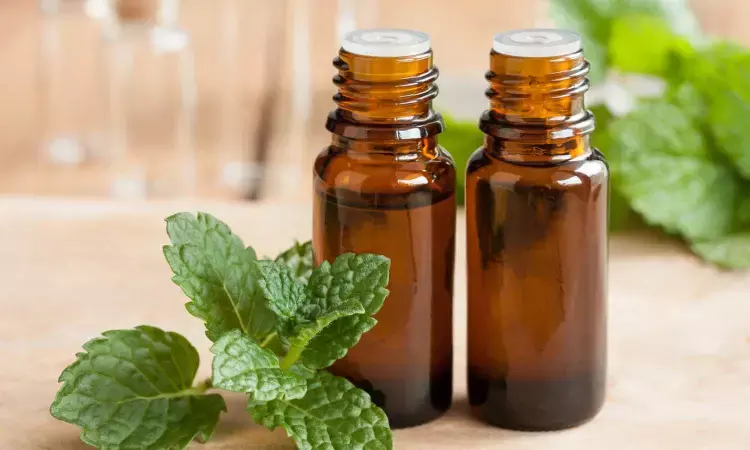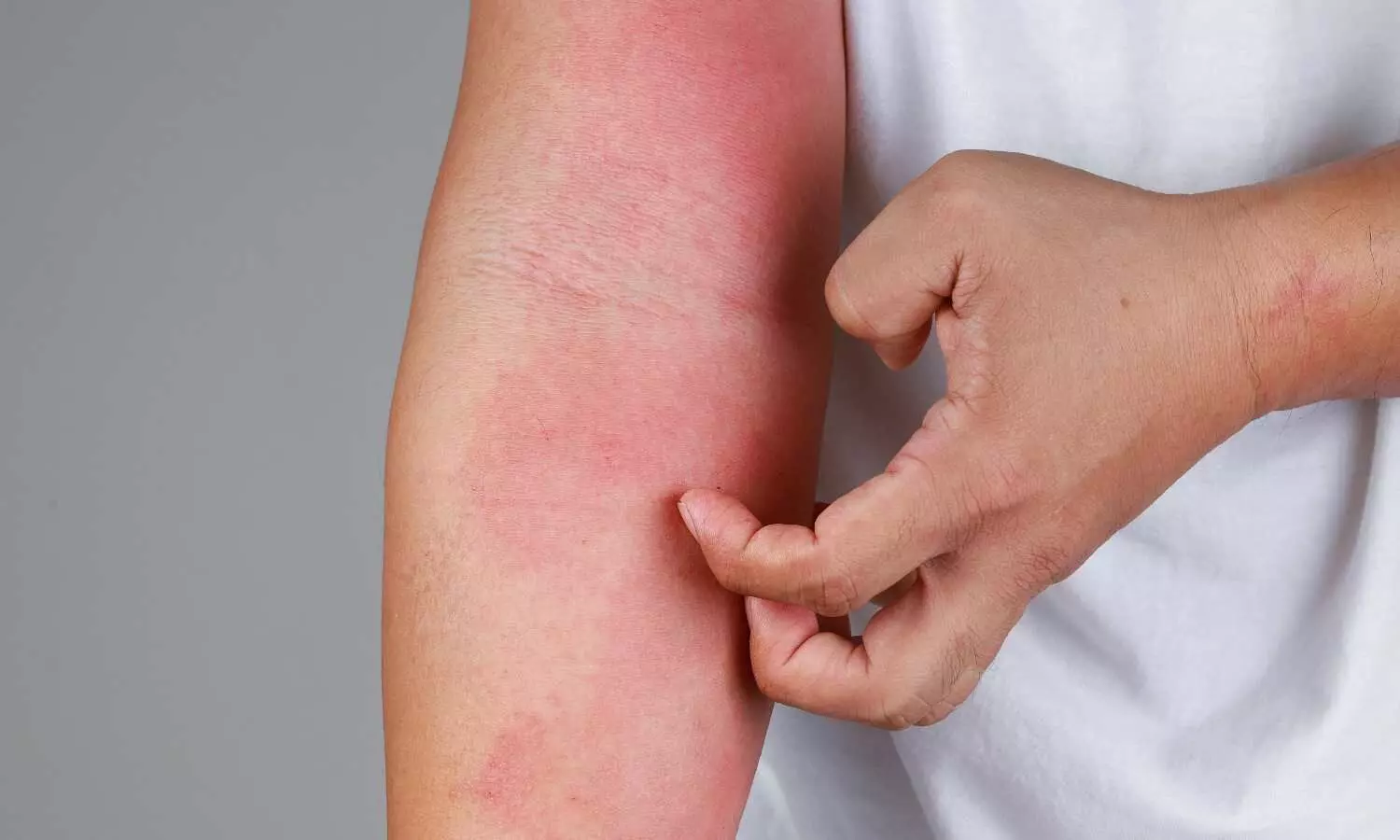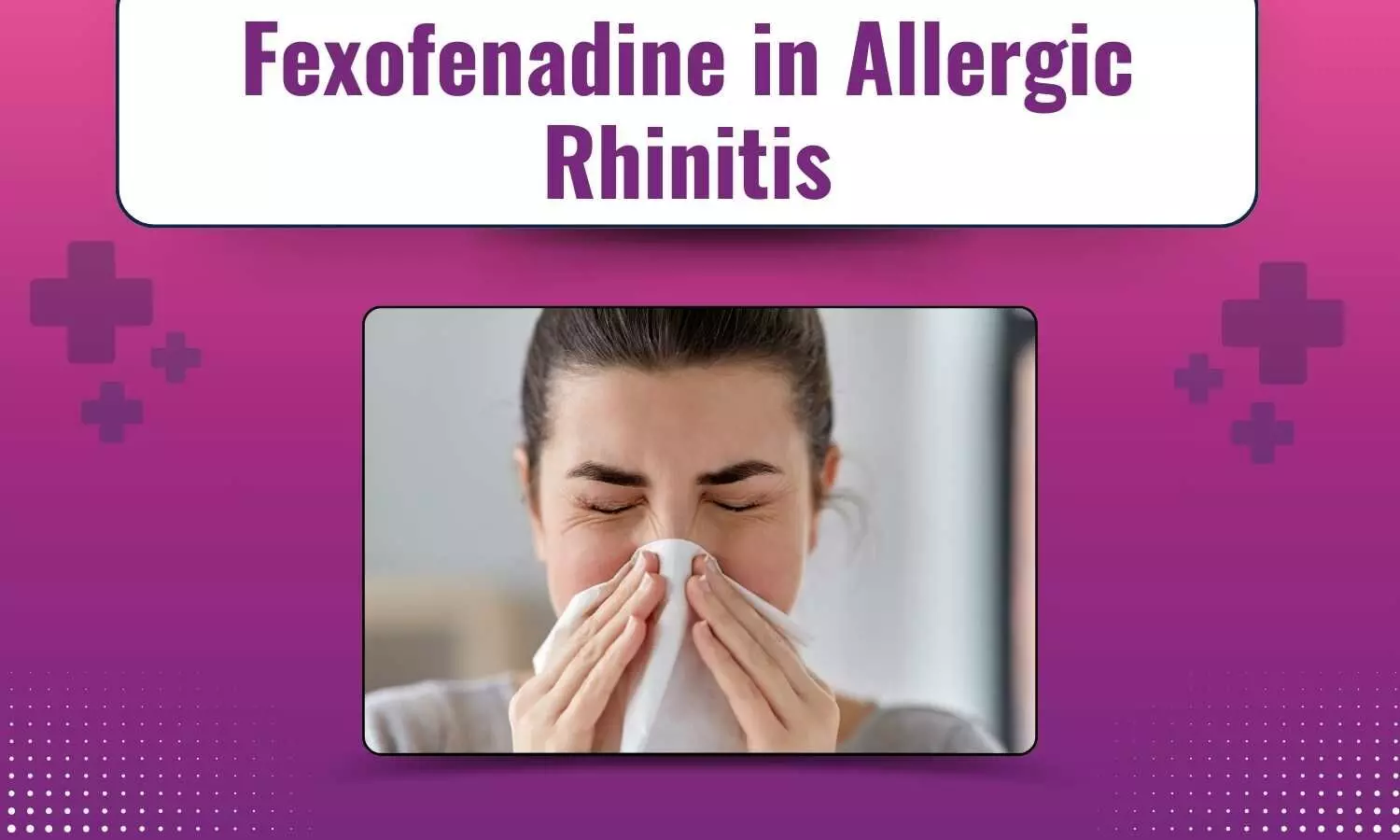- Home
- Medical news & Guidelines
- Anesthesiology
- Cardiology and CTVS
- Critical Care
- Dentistry
- Dermatology
- Diabetes and Endocrinology
- ENT
- Gastroenterology
- Medicine
- Nephrology
- Neurology
- Obstretics-Gynaecology
- Oncology
- Ophthalmology
- Orthopaedics
- Pediatrics-Neonatology
- Psychiatry
- Pulmonology
- Radiology
- Surgery
- Urology
- Laboratory Medicine
- Diet
- Nursing
- Paramedical
- Physiotherapy
- Health news
- Fact Check
- Bone Health Fact Check
- Brain Health Fact Check
- Cancer Related Fact Check
- Child Care Fact Check
- Dental and oral health fact check
- Diabetes and metabolic health fact check
- Diet and Nutrition Fact Check
- Eye and ENT Care Fact Check
- Fitness fact check
- Gut health fact check
- Heart health fact check
- Kidney health fact check
- Medical education fact check
- Men's health fact check
- Respiratory fact check
- Skin and hair care fact check
- Vaccine and Immunization fact check
- Women's health fact check
- AYUSH
- State News
- Andaman and Nicobar Islands
- Andhra Pradesh
- Arunachal Pradesh
- Assam
- Bihar
- Chandigarh
- Chattisgarh
- Dadra and Nagar Haveli
- Daman and Diu
- Delhi
- Goa
- Gujarat
- Haryana
- Himachal Pradesh
- Jammu & Kashmir
- Jharkhand
- Karnataka
- Kerala
- Ladakh
- Lakshadweep
- Madhya Pradesh
- Maharashtra
- Manipur
- Meghalaya
- Mizoram
- Nagaland
- Odisha
- Puducherry
- Punjab
- Rajasthan
- Sikkim
- Tamil Nadu
- Telangana
- Tripura
- Uttar Pradesh
- Uttrakhand
- West Bengal
- Medical Education
- Industry
Can Mentha Piperita or Peppermint Oil induce Contact Allergy?

A recent analysis found that Mentha piperita (MP), commonly known as peppermint oil allergy is common and could be easily missed and emphasized the importance of specific fragrance allergen testing from the personal care products. The study results were published in the journal Dermatitis.
Mentha piperita is a widely used essential oil known for its versatile applications in various industries. With over 335 chemical components and a varied composition based on the plant variant and geographic origin, MP oil is commonly found in personal care products, oral hygiene products, food flavorings, perfumes, cosmetics, and tobacco. Despite several beneficial uses, MP oil has also been associated with various adverse reactions like skin irritation, burning mouth syndrome, lichenoid mucosal reactions, and occupational dermatitis. One area of concern is contact allergy to MP oil, which has been routinely tested by the North American Contact Dermatitis Group (NACDG). Researchers conducted a retrospective analysis to characterize the epidemiology of contact allergy to MP oil 2% in petrolatum over a 12-year period (2009–2020) with an aim to provide insights into the prevalence and severity of MP oil allergy and its relationship with other fragrance or plant-related allergens.
A retrospective analysis was carried out by using data from NACDG patch tests conducted between 2009 and 2020. These tests involved patients suspected of having contact dermatitis, with MP oil being one of the allergens tested. The study included both randomized controlled trials and cohort studies to assess the prevalence of allergic reactions to MP oil and co-reactions with other fragrance or plant-related allergens.
Results:
- Out of 28,128 patients tested for contact allergy to MP oil, 161 patients (0.6%) showed an allergic reaction.
- Among those affected, 77.0% were female, and 71.4% were over 40 years old.
- Face (31.7%, with one-third of these cases affecting the lips), hands (17.4%), and generalized or scattered areas of the body (18.6%) were among the most commonly affected anatomical sites of dermatitis
- About one-third (30.4%) of the allergic reactions were classified as strong (++), and extreme (+++), indicating a high severity of the allergy.
- Majority of the allergic reactions to MP oil were linked to current exposures with a clinical relevance of 80.1%.
- Oral hygiene products (17.8%), foods (12.1%), and lip products such as lipstick or lip balm (11.2%) were the most common sources of exposure to MP oil.
- Co-reactions to at least one other fragrance or plant-related allergen was another significant finding in among 82.6% of MP oil-allergic patients.
- Co-reactions occurred with Cananga odorata oil (42.9%), fragrance mix I (41.0%), hydroperoxides of linalool (35.7%), and Compositae mix (35.4%) were the most common among them.
- Myroxylon pereirae (balsam of Peru), fragrance mix I, and fragrance mix II were the three most commonly used fragrance allergens seen in 59.6% of patients with MP oil allergy
The prevalence of contact allergy to MP oil was found to be relatively low, affecting 0.6% of the patients tested. However, the clinical relevance of MP oil allergy is high, as 80.1% of the cases were considered linked to current exposures. The study highlights that a significant portion of MP oil allergy cases (around 40%) would be missed if only the most commonly used fragrance screening allergens, such as Myroxylon pereirae, fragrance mix I, and fragrance mix II, were used. This emphasizes the importance of testing for a broader range of fragrance and plant-related allergens with a comprehensive testing in clinical practice in patients suspected of having contact dermatitis, as well as taking detailed histories of patients' exposure to personal care products, oral hygiene items, and other common sources of MP oil.
Further reading: Warshaw EM, Peterson MY, DeKoven JG, et al. Patch Testing to Mentha piperita (Peppermint) Oil: The North American Contact Dermatitis Group Experience (2009-2020). Dermatitis. Published online August 22, 2024. doi:10.1089/derm.2024.0118
BDS, MDS
Dr.Niharika Harsha B (BDS,MDS) completed her BDS from Govt Dental College, Hyderabad and MDS from Dr.NTR University of health sciences(Now Kaloji Rao University). She has 4 years of private dental practice and worked for 2 years as Consultant Oral Radiologist at a Dental Imaging Centre in Hyderabad. She worked as Research Assistant and scientific writer in the development of Oral Anti cancer screening device with her seniors. She has a deep intriguing wish in writing highly engaging, captivating and informative medical content for a wider audience. She can be contacted at editorial@medicaldialogues.in.
Dr Kamal Kant Kohli-MBBS, DTCD- a chest specialist with more than 30 years of practice and a flair for writing clinical articles, Dr Kamal Kant Kohli joined Medical Dialogues as a Chief Editor of Medical News. Besides writing articles, as an editor, he proofreads and verifies all the medical content published on Medical Dialogues including those coming from journals, studies,medical conferences,guidelines etc. Email: drkohli@medicaldialogues.in. Contact no. 011-43720751




